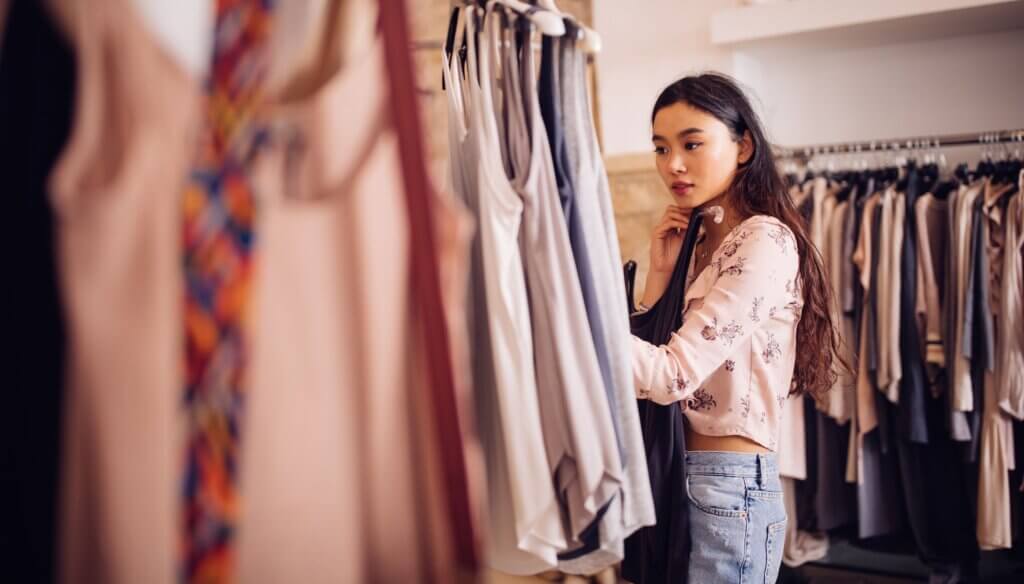In the ever-evolving world of women’s apparel manufacturing, it’s important for manufacturers to stay abreast of the latest trends to remain competitive and meet consumer demands. Here are some key trends to watch out for in women’s apparel manufacturing:
Sustainable and Eco-Friendly Practices: Sustainability continues to be a major trend in the fashion industry. Consumers are increasingly conscious about the environmental impact of their clothing choices. Manufacturers are adopting sustainable practices such as using organic and recycled materials, reducing waste through circular fashion initiatives, and implementing eco-friendly manufacturing processes.

Digitalization and Technology Integration: Technology is transforming the apparel manufacturing landscape. Digitalization is being embraced in various aspects of the process, including design, production, supply chain management, and customer engagement. Technologies such as 3D design software, virtual prototyping, AI-driven supply chain management, and augmented reality (AR) for virtual try-on experiences are gaining traction.
Customization and Personalization: Consumers are seeking personalized experiences and unique products. Manufacturers are responding by offering customization options, allowing customers to personalize garments according to their preferences. This includes customizable sizing, color options, and even personalized monograms or designs. Advanced technologies like 3D body scanning and virtual fitting rooms facilitate accurate customization.
Inclusivity and Body Positivity: There is a growing demand for inclusive sizing and representation in women’s apparel. Manufacturers are expanding their size ranges to cater to diverse body types and offering inclusive designs. Brands that promote body positivity and feature diverse models in their campaigns are resonating with consumers and gaining popularity.
Athleisure and Active Wear: The rise of athleisure wear and the increasing focus on health and wellness have transformed the women’s apparel industry. Activewear and athleisure pieces that blend fashion and functionality are in high demand. Manufacturers are incorporating technical fabrics, moisture-wicking properties, and performance-enhancing features into their designs.
Local and Ethical Sourcing: Consumers are increasingly interested in the origin of their garments and the ethical practices behind their manufacturing. Supporting local artisans and suppliers, transparent supply chains, fair labor practices, and ethically sourced materials are becoming important factors in purchasing decisions. Manufacturers that prioritize these aspects are gaining favor among conscious consumers.
Digitally Native Brands and Direct-To-Consumer (D2c) Models: The rise of e-commerce has given birth to digitally native brands that sell directly to consumers. Cutting out intermediaries allows these brands to offer competitive pricing, control the customer experience, and gather valuable data. Manufacturers are exploring D2C models to establish a direct connection with customers and gain more control over their brand image.
Versatility and Multifunctionality: Women are seeking versatile clothing that can adapt to different occasions and lifestyles. Designs that can transition seamlessly from work to casual settings or from day to night are gaining popularity. Manufacturers are incorporating features such as convertible garments, modular designs, and multifunctional pieces that offer versatility and value for money.
By staying informed about these trends and adapting their strategies accordingly, women’s apparel manufacturers can cater to the evolving needs and preferences of consumers, fostering brand loyalty and driving business growth.
